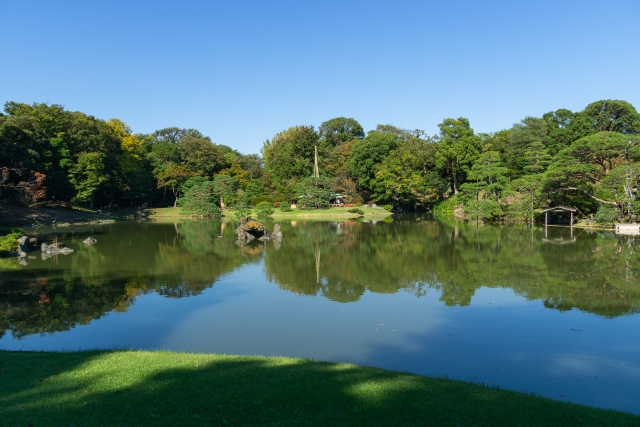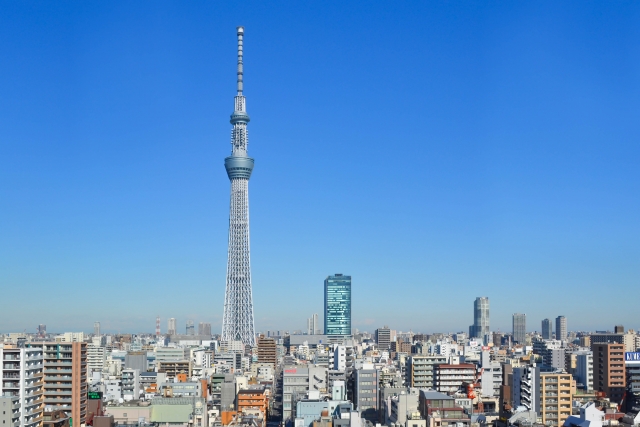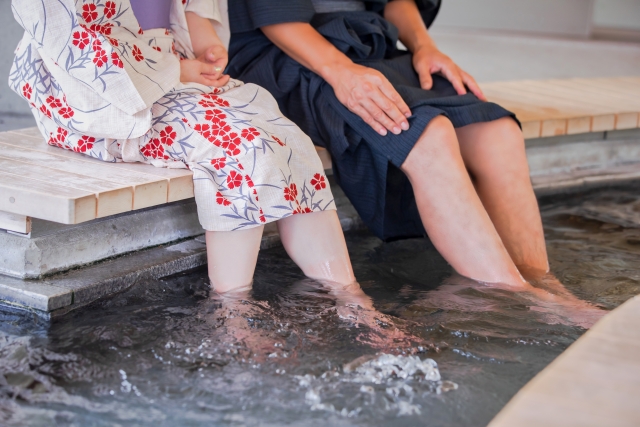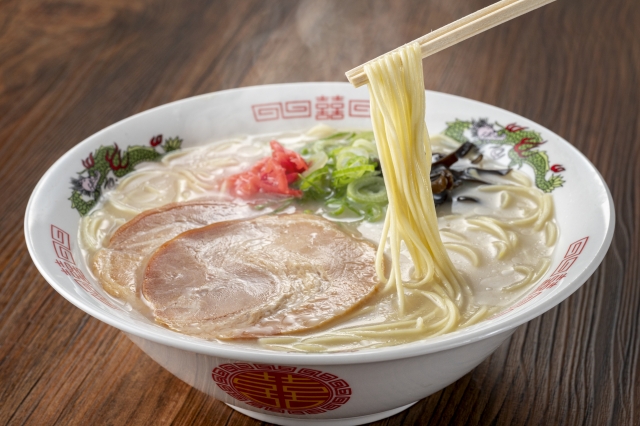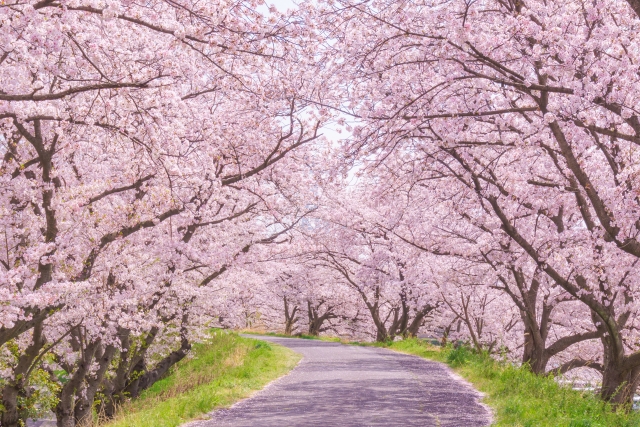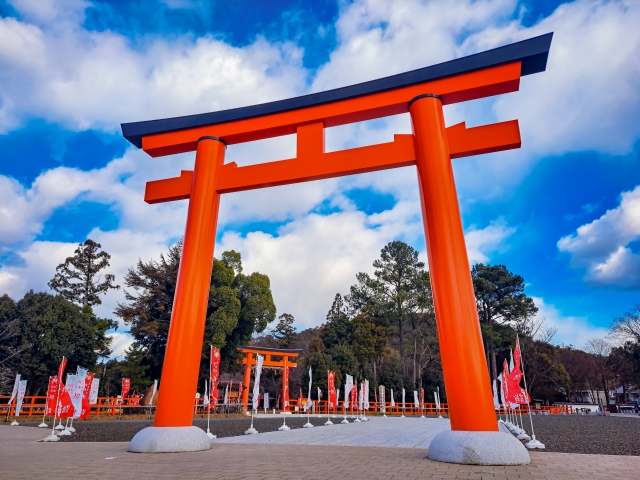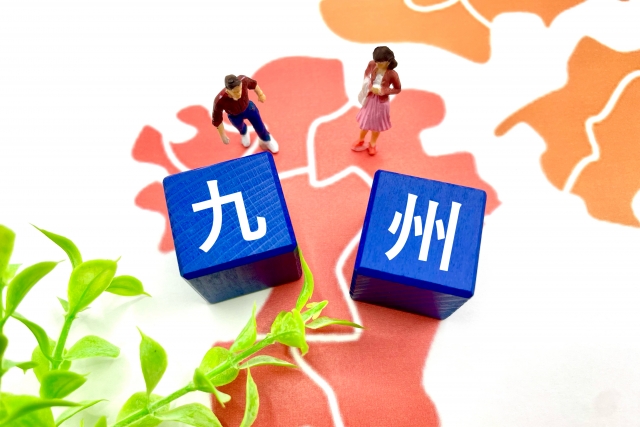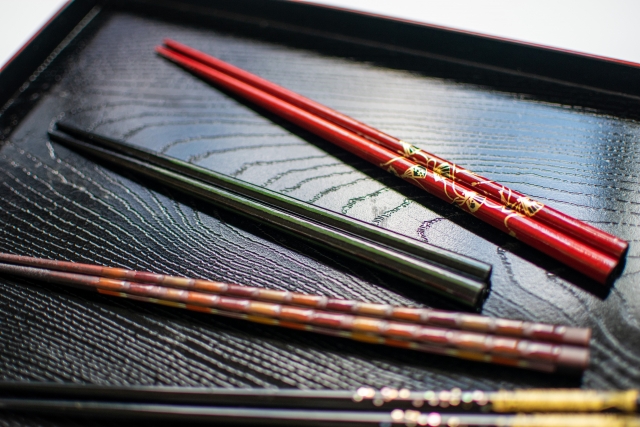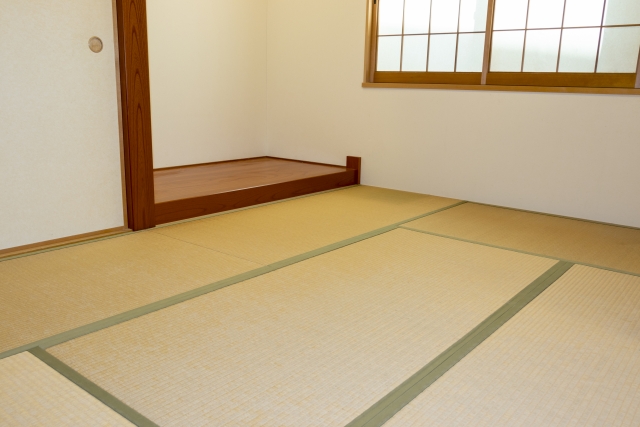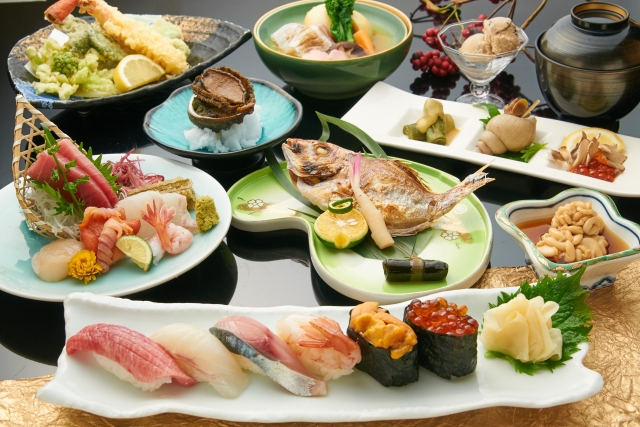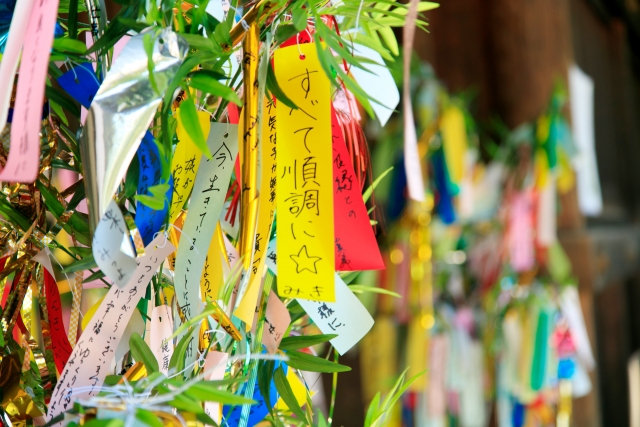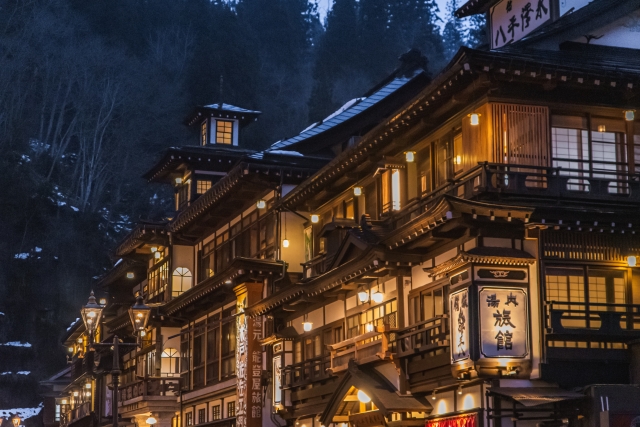Japanese gardens are unique in the world, with a long history and rich culture. Its charm, which skillfully expresses the beauty of nature and creates a relaxing space, attracts many people from Japan and abroad.
 A garden that abstractly expresses nature using stones, sand, moss, etc., and became popular during the Muromachi period under the influence of Zen Buddhism.
A garden that abstractly expresses nature using stones, sand, moss, etc., and became popular during the Muromachi period under the influence of Zen Buddhism.
 It is a large garden with ponds, artificial hills, tea rooms, etc. where you can enjoy various views while walking, and it developed as a daimyo garden during the Edo period.
It is a large garden with ponds, artificial hills, tea rooms, etc. where you can enjoy various views while walking, and it developed as a daimyo garden during the Edo period.
 A typical example of a garden centered around a pond is the shoin-zukuri garden of the Heian period.
A typical example of a garden centered around a pond is the shoin-zukuri garden of the Heian period.
 A general term for the garden attached to a tea room. Also called “Roji”, it includes a passageway and garden leading to the tea room, and is designed as a space to enjoy the tea ceremony even more.
A tea garden is more than just a garden; it is an important element that embodies the spirit of the tea ceremony. Deep tranquility and a sense of wabi-sabi aesthetics are expressed in the simple structure that makes use of natural materials.
A general term for the garden attached to a tea room. Also called “Roji”, it includes a passageway and garden leading to the tea room, and is designed as a space to enjoy the tea ceremony even more.
A tea garden is more than just a garden; it is an important element that embodies the spirit of the tea ceremony. Deep tranquility and a sense of wabi-sabi aesthetics are expressed in the simple structure that makes use of natural materials.
 Kinkakuji Garden is a garden located within the precincts of Rokuonji Temple (Kinkakuji Temple) in Kita Ward, Kyoto City, and is designated as a special scenic spot and a special historic site by the country. This is a strolling garden with a pond built in the late Muromachi period. The grounds of approximately 30,000 tsubo are centered around a pond called Kagamiko Pond, and are decorated with white sand, moss, and stonework, enhancing the beauty of the Kinkaku.
Kinkakuji Garden is a beautiful garden that encapsulates the Japanese aesthetic sense. Not only can you enjoy the beauty of Kinkaku, but you can also enjoy the view of the entire garden. When sightseeing in Kyoto, be sure to visit Kinkakuji Garden.
Access: Approximately 30 minutes by bus from JR Kyoto Station, or approximately 15 minutes on foot from Kitaoji Station on the subway Karasuma Line from Kyoto Station.
Kinkakuji Garden is a garden located within the precincts of Rokuonji Temple (Kinkakuji Temple) in Kita Ward, Kyoto City, and is designated as a special scenic spot and a special historic site by the country. This is a strolling garden with a pond built in the late Muromachi period. The grounds of approximately 30,000 tsubo are centered around a pond called Kagamiko Pond, and are decorated with white sand, moss, and stonework, enhancing the beauty of the Kinkaku.
Kinkakuji Garden is a beautiful garden that encapsulates the Japanese aesthetic sense. Not only can you enjoy the beauty of Kinkaku, but you can also enjoy the view of the entire garden. When sightseeing in Kyoto, be sure to visit Kinkakuji Garden.
Access: Approximately 30 minutes by bus from JR Kyoto Station, or approximately 15 minutes on foot from Kitaoji Station on the subway Karasuma Line from Kyoto Station.
 Katsura Imperial Villa is a villa built in the early Edo period in Nishikyo Ward, Kyoto City, and has been designated as a national special scenic spot and special historic site. Katsura Imperial Villa was built over a period of approximately 50 years by Imperial Prince Tomohito of Hachijonomiya and his son, Imperial Prince Tomotada, and is known for its unique style, which is a fusion of shoin-zukuri and tea room architecture.
On a site of approximately 69,400 square meters, the old shoin, middle shoin, and new palace are the main buildings, with a shoin and a teahouse arranged around a pond, and the composition and fusion of the garden and architecture is splendid.
Access: Approximately 40 minutes by bus from JR Kyoto Station, approximately 20 minutes walk from Katsura Station on the Hankyu Kyoto Line
Katsura Imperial Villa is a villa built in the early Edo period in Nishikyo Ward, Kyoto City, and has been designated as a national special scenic spot and special historic site. Katsura Imperial Villa was built over a period of approximately 50 years by Imperial Prince Tomohito of Hachijonomiya and his son, Imperial Prince Tomotada, and is known for its unique style, which is a fusion of shoin-zukuri and tea room architecture.
On a site of approximately 69,400 square meters, the old shoin, middle shoin, and new palace are the main buildings, with a shoin and a teahouse arranged around a pond, and the composition and fusion of the garden and architecture is splendid.
Access: Approximately 40 minutes by bus from JR Kyoto Station, approximately 20 minutes walk from Katsura Station on the Hankyu Kyoto Line
 Rikugien is a stroll-style rock garden with spring water built in the early Edo period in Bunkyo Ward, Tokyo. It has been designated as a special scenic spot by the country and is known as one of Tokyo’s representative Japanese gardens.
The biggest highlight of Rikugien Garden is Oizumi Water, a large pond that spreads over an area of approximately 8,000 tsubo. The pond has various islands and bridges, allowing you to enjoy the beautiful scenery of each season.
Access: Get off at Komagome Station on the JR Yamanote Line and walk for about 10 minutes, get off at Honkomagome Station on the Tokyo Metro Namboku Line and walk for about 7 minutes
Rikugien is a stroll-style rock garden with spring water built in the early Edo period in Bunkyo Ward, Tokyo. It has been designated as a special scenic spot by the country and is known as one of Tokyo’s representative Japanese gardens.
The biggest highlight of Rikugien Garden is Oizumi Water, a large pond that spreads over an area of approximately 8,000 tsubo. The pond has various islands and bridges, allowing you to enjoy the beautiful scenery of each season.
Access: Get off at Komagome Station on the JR Yamanote Line and walk for about 10 minutes, get off at Honkomagome Station on the Tokyo Metro Namboku Line and walk for about 7 minutes
 Gyokudo Museum of Art, located in Ome City, Tokyo, is an art museum that houses works by the master of Japanese painting, Gyokudo Kawai. Gyokudo was a painter who was active from the end of the Edo period to the Meiji period, specializing in landscape paintings.
The museum has approximately 300 works in its collection, including Gyokudo’s most famous works, “Autumn Grass” and “Landscape.” Also on display are Gyokudo’s belongings and a room that recreates his atelier.
Access: Approximately 15 minutes by bus from JR Ome Station, approximately 15 minutes walk from Mitake Station on the Seibu Chichibu Line
Gyokudo Museum of Art, located in Ome City, Tokyo, is an art museum that houses works by the master of Japanese painting, Gyokudo Kawai. Gyokudo was a painter who was active from the end of the Edo period to the Meiji period, specializing in landscape paintings.
The museum has approximately 300 works in its collection, including Gyokudo’s most famous works, “Autumn Grass” and “Landscape.” Also on display are Gyokudo’s belongings and a room that recreates his atelier.
Access: Approximately 15 minutes by bus from JR Ome Station, approximately 15 minutes walk from Mitake Station on the Seibu Chichibu Line
 Fujita Memorial Garden, located in Hirosaki City, Aomori Prefecture, is a Japanese garden built in the early Taisho period, and is designated as a registered tangible cultural property of the country. With a total area of approximately 21,800 square meters (approximately 6,600 tsubo), it is the second largest garden in the Tohoku region after Hiraizumi Motsuji Garden. The park is divided into a highland area and a lowland area, separated by a cliff with a height of 13 meters.The highland area is a landscape-style garden overlooking Mt. Iwaki, and there are Western-style buildings, Japanese-style buildings, and Takumi-kan buildings. You can take a tour.
Access: Approximately 15 minutes by bus from JR Hirosaki Station, approximately 10 minutes by car from Hirosaki city center
Fujita Memorial Garden, located in Hirosaki City, Aomori Prefecture, is a Japanese garden built in the early Taisho period, and is designated as a registered tangible cultural property of the country. With a total area of approximately 21,800 square meters (approximately 6,600 tsubo), it is the second largest garden in the Tohoku region after Hiraizumi Motsuji Garden. The park is divided into a highland area and a lowland area, separated by a cliff with a height of 13 meters.The highland area is a landscape-style garden overlooking Mt. Iwaki, and there are Western-style buildings, Japanese-style buildings, and Takumi-kan buildings. You can take a tour.
Access: Approximately 15 minutes by bus from JR Hirosaki Station, approximately 10 minutes by car from Hirosaki city center
 The Adachi Museum of Art, located in Yasugi City, Shimane Prefecture, is an art museum established in 1970 that focuses on modern and contemporary Japanese paintings. It boasts 120 works by Yokoyama Taikan and the world-recognized best Japanese garden in Japan. Yokoyama Taikan Collection: The Adachi Museum of Art has 120 works by Yokoyama Taikan in its collection, and is said to be the best in Japan in both quality and quantity. You can view Taikan’s works from various eras, including his masterpiece, “Autumn Leaves.”
Access: Approximately 15 minutes by bus from JR Yasugi Station, approximately 10 minutes by car from San’in Expressway Yasugi IC
The Adachi Museum of Art, located in Yasugi City, Shimane Prefecture, is an art museum established in 1970 that focuses on modern and contemporary Japanese paintings. It boasts 120 works by Yokoyama Taikan and the world-recognized best Japanese garden in Japan. Yokoyama Taikan Collection: The Adachi Museum of Art has 120 works by Yokoyama Taikan in its collection, and is said to be the best in Japan in both quality and quantity. You can view Taikan’s works from various eras, including his masterpiece, “Autumn Leaves.”
Access: Approximately 15 minutes by bus from JR Yasugi Station, approximately 10 minutes by car from San’in Expressway Yasugi IC
 Yokokan Garden, located in Fukui City, Fukui Prefecture, is a walking-style forest garden built in the early Edo period and has been designated as a national scenic spot. It is a strolling garden with a pond that spreads out on a site of approximately 9,500 tsubo. The pond has various islands and bridges, allowing you to enjoy the beautiful scenery of each season.
Access: Approximately 15 minutes on foot from JR Fukui Station, approximately 10 minutes by car from downtown Fukui
Yokokan Garden, located in Fukui City, Fukui Prefecture, is a walking-style forest garden built in the early Edo period and has been designated as a national scenic spot. It is a strolling garden with a pond that spreads out on a site of approximately 9,500 tsubo. The pond has various islands and bridges, allowing you to enjoy the beautiful scenery of each season.
Access: Approximately 15 minutes on foot from JR Fukui Station, approximately 10 minutes by car from downtown Fukui
 Ritsurin Park, located in Takamatsu City, Kagawa Prefecture, is a strolling garden designated as a special scenic spot by the country. It was built in the late 17th century and is characterized by a beautiful landscape with Mt. Shiun in the background.
South Lake, which is a typical view of Ritsurin Park, is a pond with an area of about 1 hectare. The pond has various islands and bridges, allowing you to enjoy the beautiful scenery of each season.
Ritsurin Park is a tourist spot that represents Kagawa Prefecture. Please come and visit us at least once.
Access: Approximately 15 minutes by bus from JR Takamatsu Station, approximately 10 minutes by car from Takamatsu city center
Ritsurin Park, located in Takamatsu City, Kagawa Prefecture, is a strolling garden designated as a special scenic spot by the country. It was built in the late 17th century and is characterized by a beautiful landscape with Mt. Shiun in the background.
South Lake, which is a typical view of Ritsurin Park, is a pond with an area of about 1 hectare. The pond has various islands and bridges, allowing you to enjoy the beautiful scenery of each season.
Ritsurin Park is a tourist spot that represents Kagawa Prefecture. Please come and visit us at least once.
Access: Approximately 15 minutes by bus from JR Takamatsu Station, approximately 10 minutes by car from Takamatsu city center
 Yoriku-ji Temple, located in Takahashi City, Okayama Prefecture, is a Zen temple built by Takauji Ashikaga as Ankoku-ji Temple. The garden, which has been designated as a national scenic spot, is said to have been created by Kobori Enshu in the early days, and is one of Japan’s most representative gardens from the early Edo period.
Access: Approximately 15 minutes by bus from JR Bitchu Takahashi Station, approximately 10 minutes by car from Takahashi city center
There are various sightseeing spots around Raiku-ji Temple, such as Takahashi Castle and Bitchu Matsuyama Castle.
Be sure to try the local cuisine of Bicchu Matsuyama Castle Town’s specialty, “Taimeshi.”
Yoriku-ji Temple, located in Takahashi City, Okayama Prefecture, is a Zen temple built by Takauji Ashikaga as Ankoku-ji Temple. The garden, which has been designated as a national scenic spot, is said to have been created by Kobori Enshu in the early days, and is one of Japan’s most representative gardens from the early Edo period.
Access: Approximately 15 minutes by bus from JR Bitchu Takahashi Station, approximately 10 minutes by car from Takahashi city center
There are various sightseeing spots around Raiku-ji Temple, such as Takahashi Castle and Bitchu Matsuyama Castle.
Be sure to try the local cuisine of Bicchu Matsuyama Castle Town’s specialty, “Taimeshi.”
 The Nomura Family Samurai Residence in Kanazawa City, Ishikawa Prefecture is a facility that is open to the public as the remains of the residence of Denbei Nomura, a senior vassal of the Kaga Domain during the Edo period. It has been designated as a nationally important preservation district for groups of traditional buildings, and you can see how samurai residences lived at the time.
Access: Approximately 15 minutes by bus from JR Kanazawa Station, approximately 10 minutes by car from Kanazawa city center
The Nomura Family Samurai Residence in Kanazawa City, Ishikawa Prefecture is a facility that is open to the public as the remains of the residence of Denbei Nomura, a senior vassal of the Kaga Domain during the Edo period. It has been designated as a nationally important preservation district for groups of traditional buildings, and you can see how samurai residences lived at the time.
Access: Approximately 15 minutes by bus from JR Kanazawa Station, approximately 10 minutes by car from Kanazawa city center
 Ohori Park, located in Chuo Ward, Fukuoka City, is a city park managed by Fukuoka Prefecture and is loved by citizens as an oasis in the city. The park includes a spacious lawn area, pond, Japanese garden, and art museum, where you can enjoy a variety of leisure activities such as jogging, cycling, boating, and walking.
There are many cafes and restaurants within the park where you can take a break and enjoy a meal, and you can also rent bicycles, so you can easily explore the park.
Ohori Park, located in Chuo Ward, Fukuoka City, is a city park managed by Fukuoka Prefecture and is loved by citizens as an oasis in the city. The park includes a spacious lawn area, pond, Japanese garden, and art museum, where you can enjoy a variety of leisure activities such as jogging, cycling, boating, and walking.
There are many cafes and restaurants within the park where you can take a break and enjoy a meal, and you can also rent bicycles, so you can easily explore the park.
 Isuien Garden in Nara City is a strolling garden with a pond that consists of two gardens created in the Edo and Meiji periods. It has been designated as a nationally designated scenic spot and is one of Nara’s representative tourist spots.
The garden in the Edo period was created by Michiyo Kiyosumi, an official merchant of Nara Sarashi, and the garden in the Meiji period was created by Jiro Seki, a businessman.
The gardens were created in two eras, each with a different flavor, allowing you to feel the history and culture of Japan.
Access: About 15 minutes walk from Kintetsu Nara Station, Bus: Get off at Isuien bus stop on the city loop bus
Isuien Garden in Nara City is a strolling garden with a pond that consists of two gardens created in the Edo and Meiji periods. It has been designated as a nationally designated scenic spot and is one of Nara’s representative tourist spots.
The garden in the Edo period was created by Michiyo Kiyosumi, an official merchant of Nara Sarashi, and the garden in the Meiji period was created by Jiro Seki, a businessman.
The gardens were created in two eras, each with a different flavor, allowing you to feel the history and culture of Japan.
Access: About 15 minutes walk from Kintetsu Nara Station, Bus: Get off at Isuien bus stop on the city loop bus
Contents
- Origins and historical changes of Japanese gardens
- Types of Japanese gardens
- Japanese garden landscaping technology
- Introduction to famous Japanese gardens
- Kinkakuji Garden in Kyoto
- Katsura Imperial Villa in Kyoto
- Rikugien Garden in Tokyo
- Gyokudo Museum of Art, Tokyo
- Fujita Memorial Garden in Aomori Prefecture
- Adachi Museum of Art in Shimane Prefecture
- Yokokan Garden in Fukui Prefecture
- Ritsurin Park in Kagawa Prefecture
- Yorikuji Temple in Okayama Prefecture
- Samurai residence ruins in Ishikawa prefecture, Nomura family
- Ohori Park in Fukuoka Prefecture
- Isawa Kagetsu in Yamanashi Prefecture
- Sekitei, a garden inn in Hiroshima Prefecture
- Isuien Garden in Nara Prefecture
- The modern role and charm of Japanese gardens
- Summary


